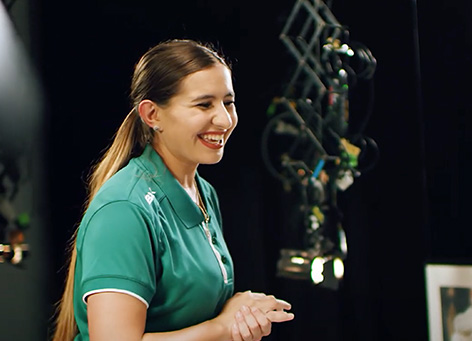-
- Future students
- 1800 677 728
- International
- +61 7 3735 6425
- Current students
- 1800 154 055
- General
- 07 3735 7111
Open - Mon–Fri | 9am – 5pm AEST
Currently Friday 10:09am Queensland, Australia
Why choose Griffith?
At Griffith, it’s about more than making it. It’s about making it matter.
Illustration: Tori-Jay Mordey
Discover why Griffith’s the perfect launchpad for your talent
If you want to turn your creativity into a career, our Creative Arts Open Day is the best way for you to explore what Griffith has to offer. Immerse yourself in hands-on experiences run by expert instructors in every study area—from visual and performing arts to film and animation, industrial design, architecture and more.






